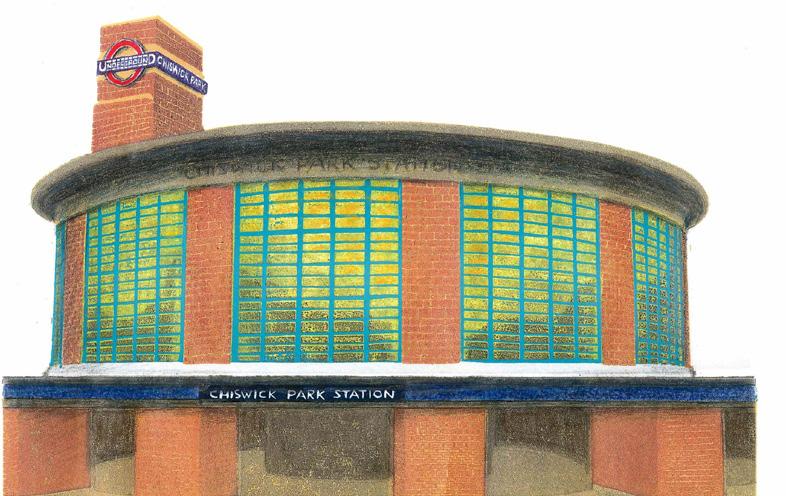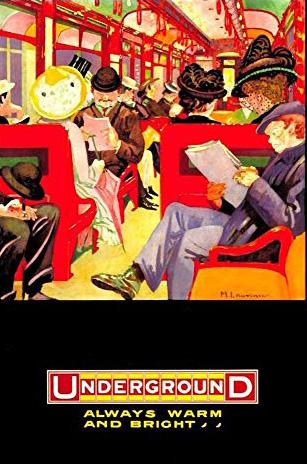
2 minute read
11
LONDON UNDERGROUND DesignIcons
Arts Society Chiswick talk on the design history of the Underground
Advertisement
From the Tube map to Art Deco architecture, London Transport designs have become iconic design classics. The London Underground has continuously set a benchmark for design that has influenced transit systems from New York to Tokyo, Moscow to Paris. On Thursday 12th March, writer and broadcaster Mark Ovenden gives a talk, hosted by the Arts Society, Chiswick, about the history of one of the world’s most celebrated design achievements, and of the visionaries who brought it to life. Based on the information in his book London Underground By Design, published in 2013 to mark the 150th anniversary of the opening of the first underground passenger railway, Mark charts the history of the graphic design, cartography and architecture of the Tube. From the pioneering Victorian age onward, the architecture, branding, map design, textiles, posters and signage have contributed not only to the identity of London Underground, but the branding of London itself. One man is perhaps responsible more than most for establishing the brand. Frank Pick, chief executive officer and vice-chairman of the London Passenger Transport Board from its creation in 1933 until 1940, commissioned some of the most recognisable icons of London Underground’s identity: the Johnston typeface, Charles Holden stations, the roundel and Harry Beck’s Tube map. Chiswick Park station, built between 1931 and 1932, is a perfect example of Holden’s modern European style. It is still an inspiration for artists today, as is Osterley station, designed by Stanley Heaps, which opened in 1934. The current textile designs for the seating: hard wearing, colourful and instantly recognisable, are direct descendants of the early designs by Californian textile artist Marion Dorn, also created in the 1930s. One of the twentieth century’s leading textile designers, she also produced her ‘sculptured carpet’ designs for the Savoy hotel, Claridges and the Queen Mary.

It was Frank Pick who commissioned the beautiful art deco posters which promoted the Underground’s trains and London General Omnibus Company’s buses as a means of reaching the countryside around London. These prints and products made out of the seating fabrics (cushions, furniture, with the patterns even to be found on socks) are among some of the best-selling items at the London Transport Museum shop in Covent Garden. Mark traces the importance of design to London Underground all the way through to Canary Wharf station, opened in 1999, designed by architect Sir Norman Foster.

Venue: The Polish Social and Cultural Association (POSK), 238-246 King Street, Hammersmith, W6 0RF
Starts: 8.00pm (Bar opens 7.00pm)
Tickets: £10 on the door

Chiswick Park Station Photograph by Jon Perry / Print by Rachel Busch
To join the society please contact The Arts Society Chiswick by email: info@theartssocietychiswick.org.uk. theartssocietychiswick.org.uk









